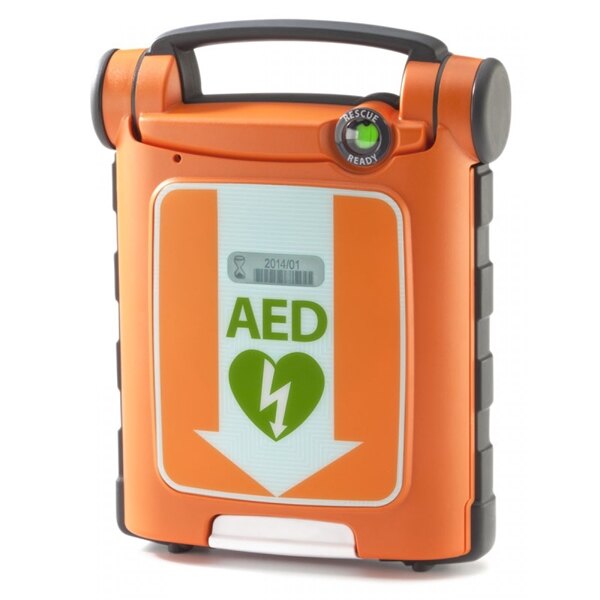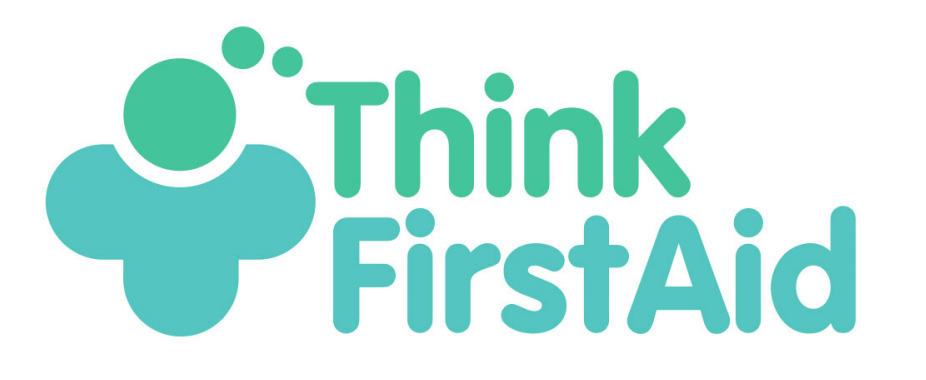I think we can blame TV and film for this. Public perception of AEDs is that they are hard to use, dangerous should you get it wrong and that they need lots and lots of complicated training. TV execs sacrifice plenty of reality in favour of a good plot. Not that I blame them for this, that’s their job. And this is mine.
The Myths about AEDS
People think that they could make things worse by using an AED. This isn’t true. An AED will only deliver a shock to someone who really needs it. Their heart needs to be in one of the ‘shockable’ rhythms. These are VF and pulseless VT. The defib analyses the heart itself once the pads are attached and makes its own decision about whether or not they need a shock.
People also think that they are hard to use. Most modern AEDs are designed that anyone can pick them up and use them, even without training. Don’t forget that most AEDs talk you through what to do, and are clearly labelled with instructions and diagrams. It is true that the best chances of survival are with high-quality CPR, so training is important in that respect.

Case Study : Casino Royale (2006)
In 2006 James Bond returned with Daniel Craig in the lead role. I love this film but I remember cringing at the inaccuracy of one scene.
Partway through the film, our loveable hero is enjoying a drink at the bar when he starts to feel ill. His drink has been spiked and he has been poisoned. He rushes back to his car and begins talking to his team back in London who advise that he will need to use the defibrillator. They tell him that the tiny device only has enough power for one shock and he will need to time it perfectly. As he begins to fade, he tries pushing the button without luck. In the last second before he crashes he realises that the wire has become disconnected from the pad on his chest. Bond then becomes unconscious. Moments later, Vesper arrives, reattaches the wire to the pad, shocks him and he regains consciousness.
I have a few problems with this. The first is that there is no indication on the AED itself, by way of pictures or voice prompts or even text, to demonstrate how one might use it. There isn’t even any indication that the shock button might deliver a shock. Without the agents at the end of the line, how would Bond have known what to do. What if they were unreachable?
The pads themselves are tiny little things. The pads on a real AED are big and easy to use because they normally have pictures to show you where they go. They’re also solid. The electrodes don’t just fall out of the pads.
Don’t be scared of the AED
Defibrillators are designed to be picked up by the completely uninitiated and used to save a life. Training will help you to understand how they work, and how to perform good CPR (which is half of the battle with resuscitation) but the AED itself is not as daunting as it might seem.

